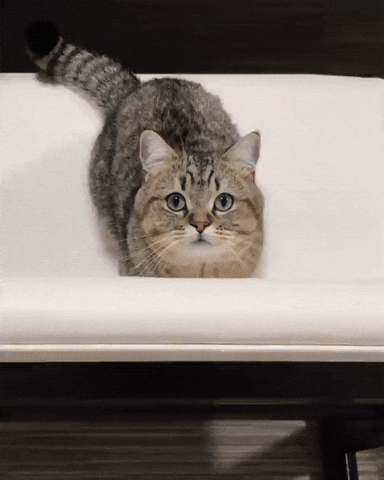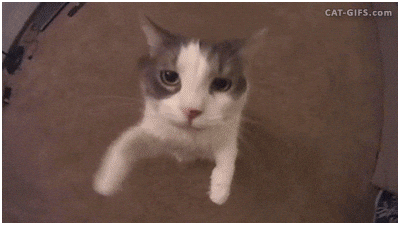Personality Profile
The Social Butterfly cat personality type represents the most outgoing and human-oriented felines. These cats frequently initiate contact with their owners, rubbing against legs, purring extensively, and proudly bringing toys to show off. Their oxytocin levels increase by 45% during human interaction, demonstrating their genuine enjoyment of social contact.
Social Butterflies flourish in multi-person households where different family members can provide varied forms of interaction. However, they may develop separation anxiety when left alone for extended periods, which can manifest as excessive vocalization or destructive behavior.
Neurologically, these cats show enhanced activity in the ventral tegmental area—the brain's reward center—during social interactions. This makes positive reinforcement particularly effective in training.
Stress Sensitivity: Low (35%)
Social Butterflies adapt well to environmental changes and novel situations, showing stress resilience in social settings.
Core Traits
Key Characteristics
- Social Intelligence: Social Butterflies excel at reading human cues and can distinguish between different emotional states in their owners, often responding appropriately to comfort or celebrate.
- Adaptable Behavior: These cats easily adjust to new people, pets, and environments with minimal stress reactions, making them excellent candidates for multi-pet households.
- Attachment Seeking: They actively work to maintain proximity to their favorite humans and may follow them from room to room throughout the day.
- Vocal Communication: Social Butterflies develop larger vocal repertoires than other personality types, using different sounds for different requests or emotional states.
- Play Orientation: These cats prefer interactive play with humans over solitary play and will often bring toys to initiate interaction.
Care Guidelines
Environment Design
Create an environment that facilitates both human interaction and feline independence. Position cat trees or perches near family gathering areas so your Social Butterfly can observe and participate in activities. Ensure multiple comfortable resting spots throughout high-traffic areas of your home where your cat can remain close to human activity.
Activities and Interaction
Schedule daily interaction sessions of at least 20-30 minutes. Combine physical play with training exercises that leverage your cat's social intelligence. Consider clicker training for mental stimulation—Social Butterflies excel at learning tricks and commands due to their human orientation.
Preventing Separation Anxiety
For households where the cat must be alone for extended periods, implement a gradual desensitization program. Begin with brief absences and slowly increase duration. Provide enrichment toys that dispense treats or require problem-solving to keep your cat mentally engaged when alone. Consider a second pet companion if your lifestyle regularly requires long absences.
Health Considerations
Schedule regular veterinary check-ups as Social Butterflies may not always show obvious signs of distress due to their adaptable nature. Monitor weight carefully as these cats may be more food-motivated in the context of human interaction and may consume treats excessively when offered as part of social bonding.



